Prostate cancer infographic
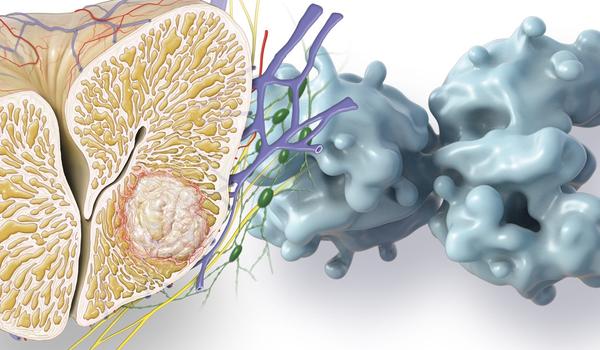
Who gets prostate cancer?
Prostate cancer is the second most common cancer among men worldwide (after lung cancer, and not including skin cancer), accounting for nearly 15% of all cancers in men.1
Most prostate cancers are diagnosed in older men (65 years and older), and develop in the gland cells that make the prostate fluid added to semen.2 Risk factors for prostate cancer include older age, a family history of prostate cancer, obesity, and a diet rich in red meat and high-fat dairy products.2
Patient prognosis
Although prostate cancer is a serious disease, most men diagnosed with this cancer do not die from it owing to early detection and treatment. In fact, prostate cancer accounts for only 6.6% of cancer deaths in men worldwide.1 With standard treatment, nearly 100% of patients with localized disease (Stage I or II) and regional disease (Stage III) will survive at least 5 years after diagnosis.2 The 5-year survival rate for men with metastatic disease (Stage IV) is 28%.2
Signs and symptoms
The lymphatic system is a part of the immune system that is designed to fight infections and other diseases. The primary components of the lymphatic system include: (1) the lymph, a clear fluid that carries infection-fighting white blood cells (eg, B lymphocytes and T lymphocytes); (2) the lymph vessels, an extensive network that delivers lymph fluid to all tissues of the body; and (3) the lymph nodes, which are round masses of tissue that store white blood cells and that trap and remove harmful substances in the lymph.
Screening and diagnostic tests
-
 Prostate-specific antigen (PSA) blood test—Used to (1) screen for the presence of early prostate cancer, (2) help diagnose prostate cancer, and (3) monitor disease during and after treatment.
Prostate-specific antigen (PSA) blood test—Used to (1) screen for the presence of early prostate cancer, (2) help diagnose prostate cancer, and (3) monitor disease during and after treatment. -
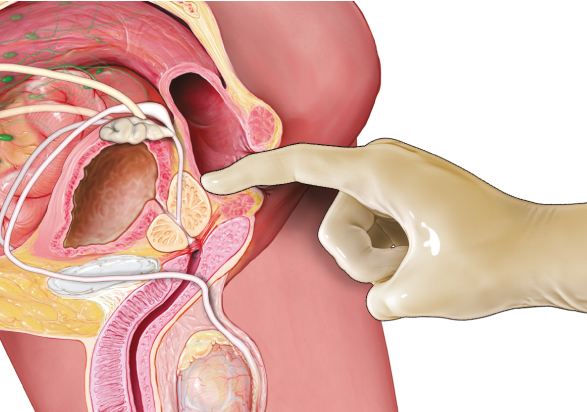 Digital rectal exam —Used to screen for the presence of early prostate cancer, whereby a physician puts a gloved finger into the rectum to feel the prostate gland.
Digital rectal exam —Used to screen for the presence of early prostate cancer, whereby a physician puts a gloved finger into the rectum to feel the prostate gland. -
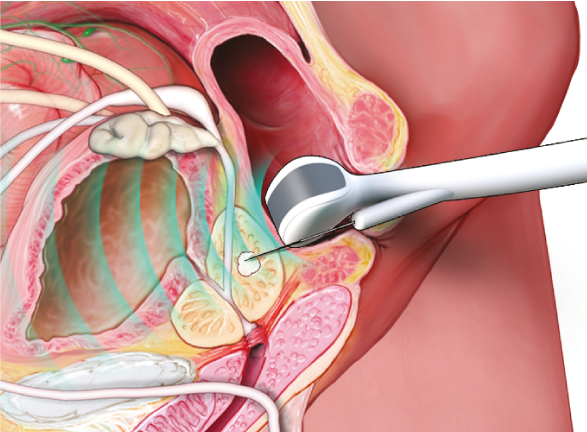 Transrectal ultrasound —A small probe inserted into the rectum gives off sound waves, producing echoes that are used to see the prostate and any abnormalities.
Transrectal ultrasound —A small probe inserted into the rectum gives off sound waves, producing echoes that are used to see the prostate and any abnormalities. -
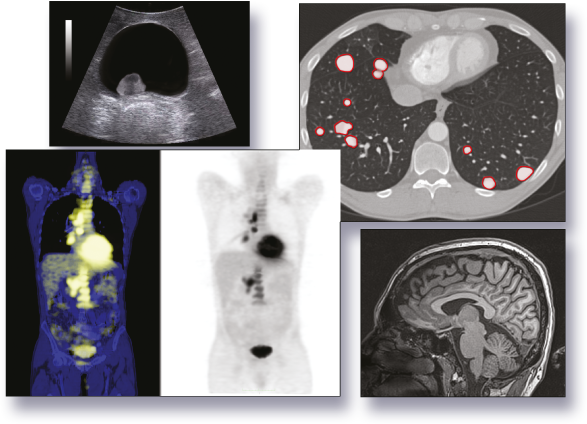
- Imaging tests (eg, bone scan, CT scan, MRI scan)—Used to determine whether prostate cancer has spread to other places in the body.
-
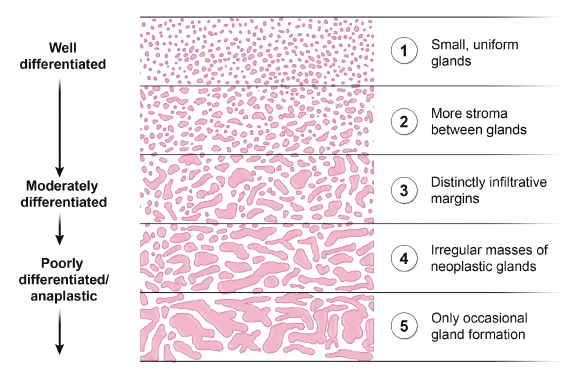
- Biopsy —Examination of a sample of abnormal prostate tissue under the microscope to determine whether it is cancer. If cancer is identified, the biopsy is assigned a Gleason score based on how abnormal the cancer cells look2.
Types of therapy2,3

Watchful waiting
Because prostate cancers usually grow slowly and do not require immediate treatment, patients may be followed with watchful waiting (observation) until disease becomes aggressive.

Surgery
Commonly used to try to cure early prostate cancer that has not spread outside the prostate gland.

Radiation
Uses high-energy x-rays to kill cancer cells and may be used to help manage prostate cancer of any disease stage.

Cryotherapy
May be used to treat early prostate cancer by freezing it, typically when the cancer has come back after other treatments.

Hormone therapy
Also called androgen deprivation therapy, is used to reduce the levels of male hormones (androgens) that promote prostate cancer growth.

Chemo-therapy
Uses cancer-killing drugs that travel through the blood to reach disease that has spread from the prostate to different parts ofthe body.

Vaccine treatment
Specially made for each man to boost the immune system to attack prostate cancer cells in the body.

Bone-directed therapy
Sometimes given to lower the risk of fractures (breaks) and pain in bone weakened by metastatic disease.
Side effects
Some of the treatments used to manage prostate cancer can produce side effects that negatively influence male urinary and/or sexual function. These may include: urinary incontinence (inability to control urine), impotence (inability to have erections), changes in orgasm, and loss of fertility.
Download pdf Glossary